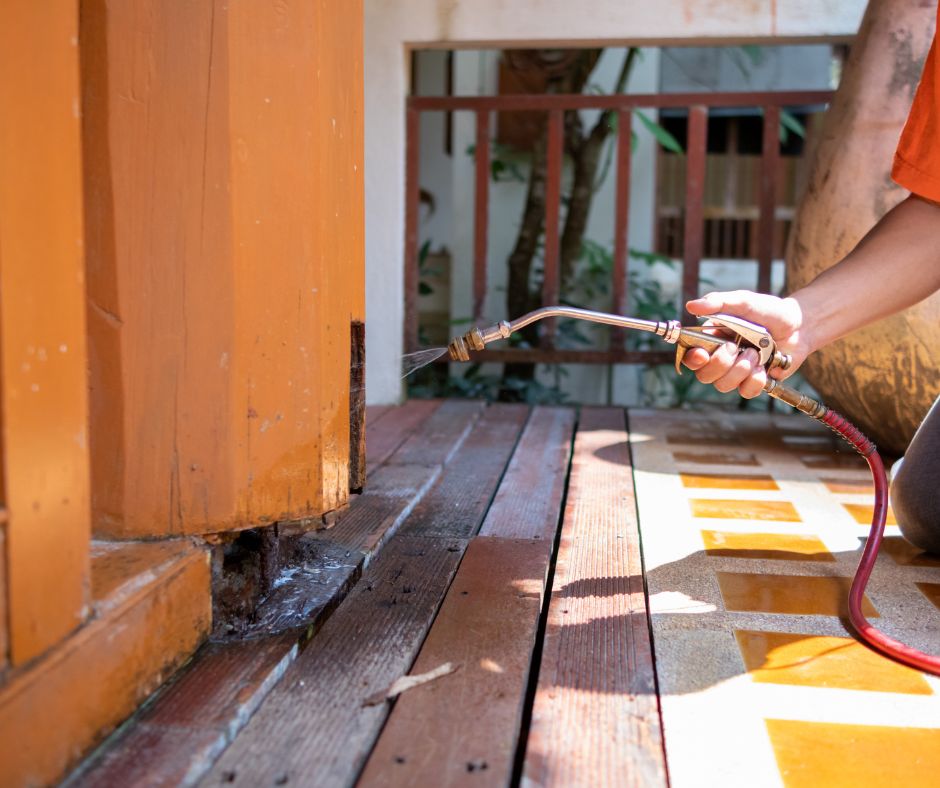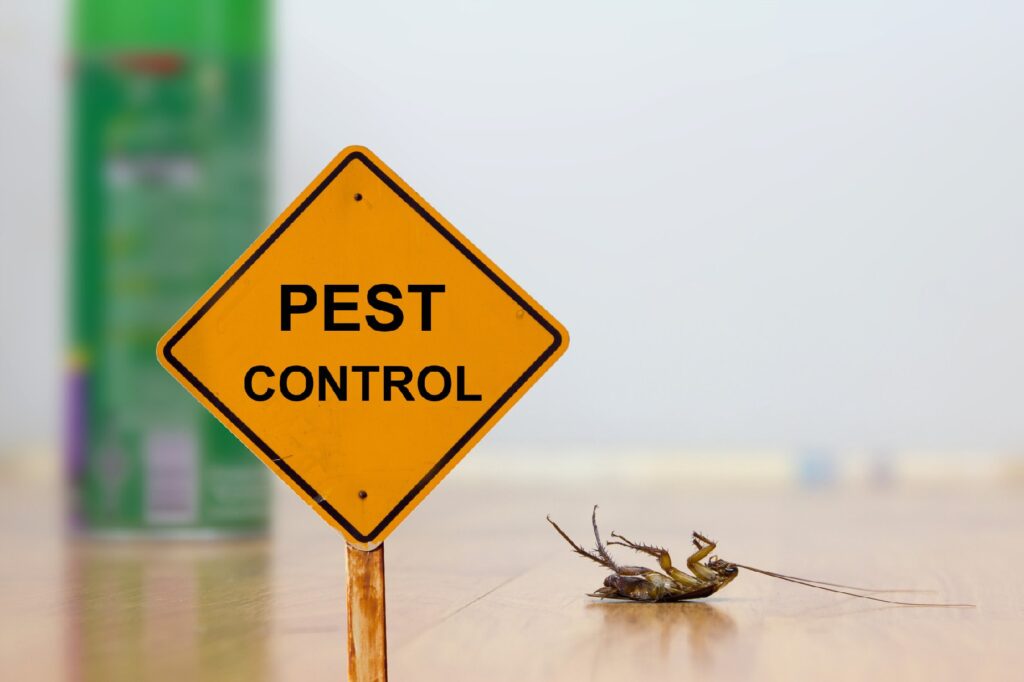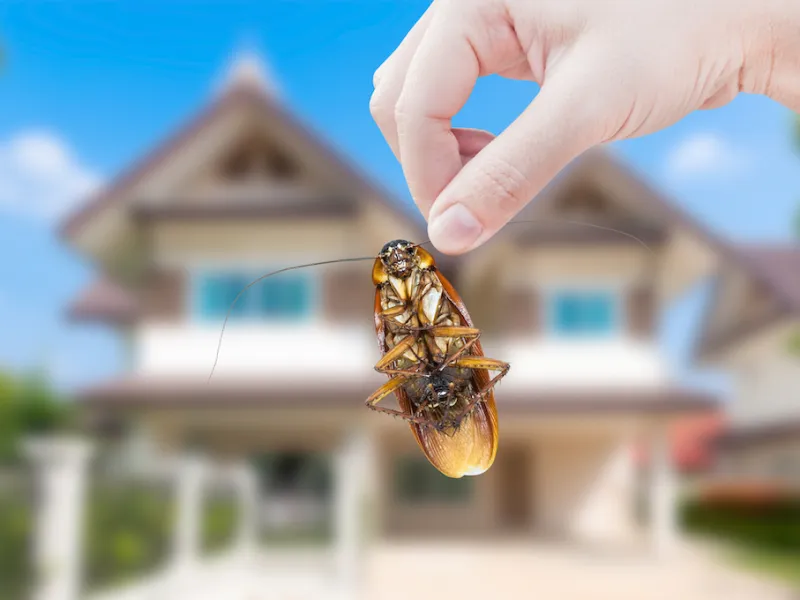Powerful Termite Treatment Port Charlotte to Safeguard Your Property
Learn About the Most Current Advances in Pest Control and Just How to Apply Reliable Treatment Solutions
In current years, the area of pest control has actually experienced considerable innovations, driven by the requirement for reliable and lasting therapy remedies. Cutting-edge techniques such as Integrated Insect Monitoring (IPM) integrate environment-friendly methods with cutting-edge innovation, enhancing both efficacy and ecological obligation.
Eco-Friendly Pest Control Options
Recently, the demand for eco-friendly parasite control choices has actually risen as property owners and companies alike seek sustainable options to typical chemical therapies. This shift is driven by growing ecological recognition and a need to decrease the wellness threats connected with synthetic chemicals.

Environment-friendly insect control methods incorporate an array of strategies that focus on using all-natural materials and techniques. Integrated Insect Management (IPM) is one such strategy, integrating biological, social, and mechanical strategies to handle bug populations while decreasing reliance on chemicals (Wildlife removal services). This alternative technique emphasizes avoidance with environment manipulation and the introduction of natural killers, thereby cultivating a well balanced ecological community
Another preferred alternative is making use of organic pesticides obtained from plants, which tend to be less unsafe to non-target organisms. Products like neem oil and diatomaceous earth have obtained grip for their efficiency in managing parasites while positioning very little dangers to human health and wellness and the environment.
Additionally, exclusion techniques, such as securing entrance points and preserving tidiness, play an essential role in environment-friendly pest management. By taking on these sustainable methods, businesses and individuals can successfully manage insects while advertising a much healthier earth for future generations.
Smart Innovation in Insect Monitoring
Technology is reshaping the landscape of bug management, with smart technology becoming an essential force in boosting performance and efficiency - Wildlife removal services. The integration of Web of Things (IoT) gadgets, fabricated knowledge (AI), and data analytics is transforming just how bug control professionals come close to infestations
Smart catches outfitted with sensors can spot pest activity in real-time, sending out immediate alerts to operators. This enables timely reactions, reducing damages and decreasing the need for extensive treatments. In addition, AI algorithms assess historical information to predict insect behavior, making it possible for aggressive interventions based upon environmental conditions and infestation patterns.
Drones and automatic lorries are also playing a considerable duty in insect monitoring, offering airborne analyses of large locations, identifying hotspots, and even dispersing targeted treatments. These modern technologies not only simplify procedures however also boost safety and security by limiting human direct exposure to possibly damaging chemicals.
In addition, mobile applications empower customers to keep track of pest activity and gain access to professional suggestions, cultivating a joint method to pest management. In general, the adoption of smart technology is establishing a new standard in pest control, highlighting data-driven decisions and sustainable techniques that inevitably profit both experts and house owners alike.
Integrated Parasite Monitoring Approaches
Integrated Pest Management (IPM) employs an all natural method to pest control, incorporating numerous methods to properly handle bug populations while decreasing threats to human health and the setting. IPM focuses on comprehending the pest life process, their all-natural enemies, and the ecological community in which they thrive.
One of the fundamental parts of IPM is checking pest populations via routine examinations and data collection. This permits the identification of insect thresholds, identifying when intervention is necessary. Cultural methods, such as crop habitat, turning, and sanitation adjustment, are important in decreasing insect prevalence and promoting plant health and wellness.
Mechanical controls, consisting of barriers and catches, are likewise essential in IPM. These approaches can literally remove or discourage pests without using chemicals. When essential, the cautious application of chemical controls is employed, concentrating on targeted therapies that minimize ecological effect.
Education and cooperation amongst stakeholders, consisting of farmers, insect control professionals, and the community, are critical for the effective implementation of IPM approaches. By focusing on sustainable techniques, IPM not only addresses pest concerns yet likewise fosters a healthier ecosystem.
Biological Control Techniques
Countless biological control approaches are significantly recognized for their effectiveness in handling bug populaces while advertising eco-friendly balance. These strategies harness all-natural killers, parasites, and microorganisms to decrease pest numbers without relying on artificial chemicals. The intro of ladybugs can successfully manage aphid populations, while nematodes target soil-dwelling pest larvae.
In addition, the usage of microbial pesticides, such as Bacillus thuringiensis (Bt), offers an eco-friendly option for taking care of caterpillar parasites. These items particularly target pest varieties, decreasing harm to useful bugs and pollinators. Moreover, preservation organic control highlights enhancing habitats for natural adversaries, such as birds and useful insects, pest control charges thereby encouraging their visibility in farming systems.
Research proceeds to reveal innovative approaches within this field, such as making use of pheromones to interrupt pest mating patterns or the advancement of biocontrol representatives via genetic modification. Carrying out these approaches can lead to lasting pest administration techniques that mitigate the reliance on chemical treatments, eventually promoting much healthier ecosystems. As awareness of these strategies grows, they are coming to be important parts of incorporated insect administration (IPM) techniques, using a balance between reliable insect control and ecological stewardship.
DIY Bug Control Solutions
As house owners seek efficient methods to take on pest concerns, do it yourself bug control services have actually acquired popularity for their ease of access and cost-effectiveness. These techniques empower people to resolve invasions making use of conveniently available products and strategies, usually without the need for professional treatment.

In addition, preserving correct cleanliness and regular assessments can avoid parasite entrance and nesting (Wildlife removal services). Basic techniques, such as sealing cracks, getting rid of food sources, and decluttering, can considerably decrease bug populaces. Catches, both homemade and commercially available, can additionally use efficient services for surveillance and regulating certain pests like rodents or insects

Conclusion
The assimilation of green bug control options, wise innovation, and cutting-edge administration approaches offers a comprehensive method to efficient insect administration. By welcoming Integrated Insect Monitoring (IPM) and making use of organic control techniques, along with DIY services, accountable and lasting pest control can be accomplished.
Green pest control methods encompass a variety of approaches that focus on the use of natural materials and practices. Integrated Insect Administration (IPM) is one such approach, incorporating organic, social, and mechanical techniques to handle parasite populaces while minimizing reliance on chemicals. As awareness of these methods grows, they are becoming important elements of incorporated insect management (IPM) techniques, providing a balance between effective pest control and ecological stewardship.
The assimilation of environment-friendly bug control choices, wise innovation, and ingenious management techniques presents an extensive method to effective insect management. By accepting Integrated Insect Administration (IPM) and utilizing biological control methods, alongside DIY services, responsible and sustainable pest control can be achieved.